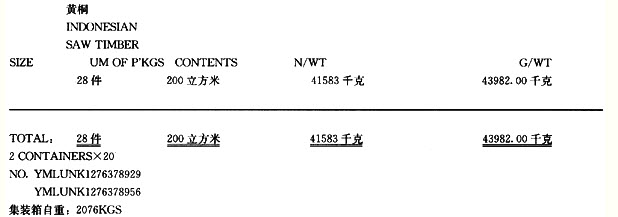The volcano in the cornfield grew until it was bigger than the cornfield! (41)______ People called the volcano the Little Monster because it grew so fast. Scientists came from all over the world to study it and watch it grow. It is not often that people get a chance to watch a volcano from the very beginning.
Most of the volcanoes have been here for a very long time. Some have been here so long that now they are cold. They are called dead volcanoes. They have stopped throwing out fire and melted rock and smoke. It is safe to walk on them. Farms are plowed on the quiet slopes, and people have built houses there.
Some volcanoes have stopped throwing out hot rock, but they still smoke a little now and then. They are "sleeping" volcanoes. Sometime they may "wake up".
(42)______.
Today volcanoes are not so dangerous for people as they were a long time ago. Now we know more about why volcanoes do what they do, and we can usually tell when they are going to do it. (43)______.
People used to think dragons under the earth caused volcanoes. They said the smoke that puffed above the ground was the dragon’s breath. They said the earthquakes were caused by the dragon’s moving around down in the earth. Now we know that this is not true.
Another thing we know about volcanoes is that they don’t happen just anywhere. (44)______. Scientists know where these places are, and maps have been made to let everybody know.
There are different kinds of volcanoes. Some explode so violently that the rock goes high into the air and falls miles away. A volcano may shoot out ashes so high that they float all the way around the world. They have made the sunsets green and the snow purple.
(45)______.
One very tall volcano stays fiery red at the top all the time. It is lucky that the volcano is near the ocean. Sailors can use it for a lighthouse.
[A] Other volcanoes are more gentle. The hot lava rises in their cones and overflows, rolling slowly down the mountainside, where it becomes cool and hard.
[B] Black smoke puffed out. Hot ashes fell like black snowflakes. Hot rock and fire and lava shot out.
[C] Smoke puffed up, and rock started popping up out of a crack that opened in the ground.
[D] A volcano named Vesuvius slept for a thousand years. But it woke up and threw out so much hot melted rock that it buried the buildings of two cities.
[E] Before a sleeping volcano wakes up, it usually makes a noise like faraway thunder, and the ground shakes in small earthquakes. People are warned and have time to get away safely.
[F] A volcano starts from a hole in the ground from which hot rock and smoke and steam come out. Far, far under the ground it is so hot that rock melts. This hot melted rock, or lava, is some-times pushed out of the earth through a hole or a crack in the ground. The steam inside the earth pushes the rock out.
[G] There are certain places under the earth where the rock is broken in a way that lets the steam and hot rock escape to the outside more easily.
43()




